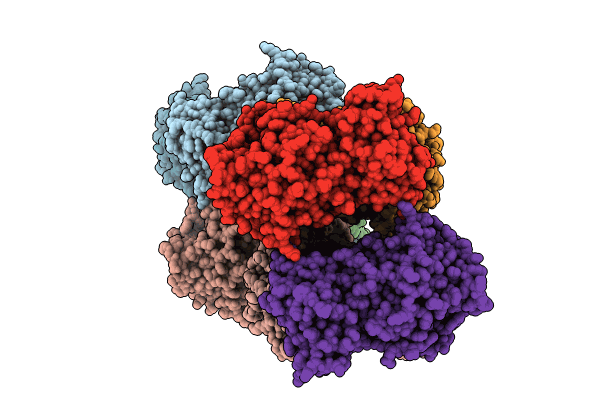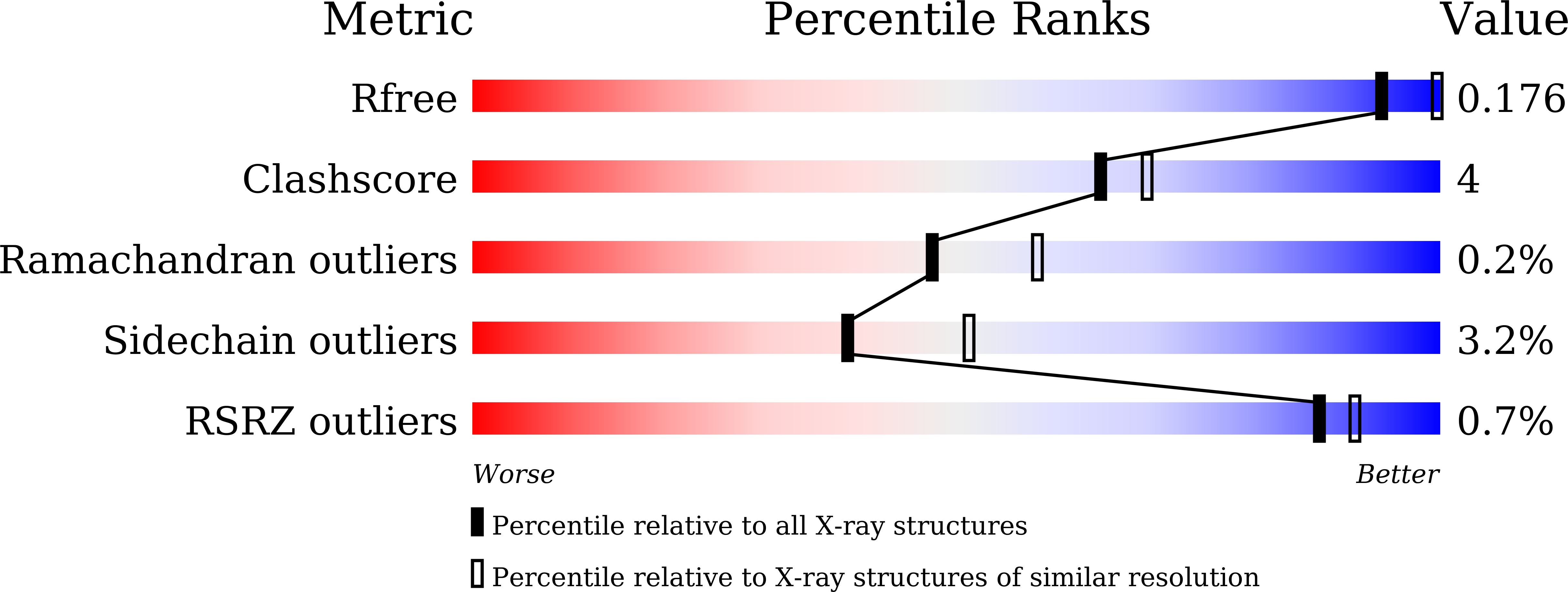
Deposition Date
2022-11-01
Release Date
2023-11-15
Last Version Date
2025-01-15
Entry Detail
PDB ID:
8HCJ
Keywords:
Title:
Structure of GH43 family enzyme, Xylan 1, 4 Beta- xylosidase from pseudopedobacter saltans
Biological Source:
Source Organism:
Pseudopedobacter saltans DSM 12145 (Taxon ID: 762903)
Host Organism:
Method Details:
Experimental Method:
Resolution:
2.57 Å
R-Value Free:
0.20
R-Value Work:
0.16
Space Group:
P 1


